Europe is a hotbed of culture. The continent’s long history, peppered with Roman, Greek, Ottoman, Hungarian, and Napoleonic rule alongside epoch-defining periods of art and music, plus many countries’ colonial pasts mean that art, architecture, and heritage are rich and varied.
Every European capital and virtually every major town has a noteworthy museum, from dazzling art galleries to ancient archaeological sites. Some of the museums themselves are housed in buildings so extraordinary that they are attractions in their own right.
So whether you’re an art aficionado, a family, or a keen historian, here are some of the best museums in Europe.
Louvre, Paris, France
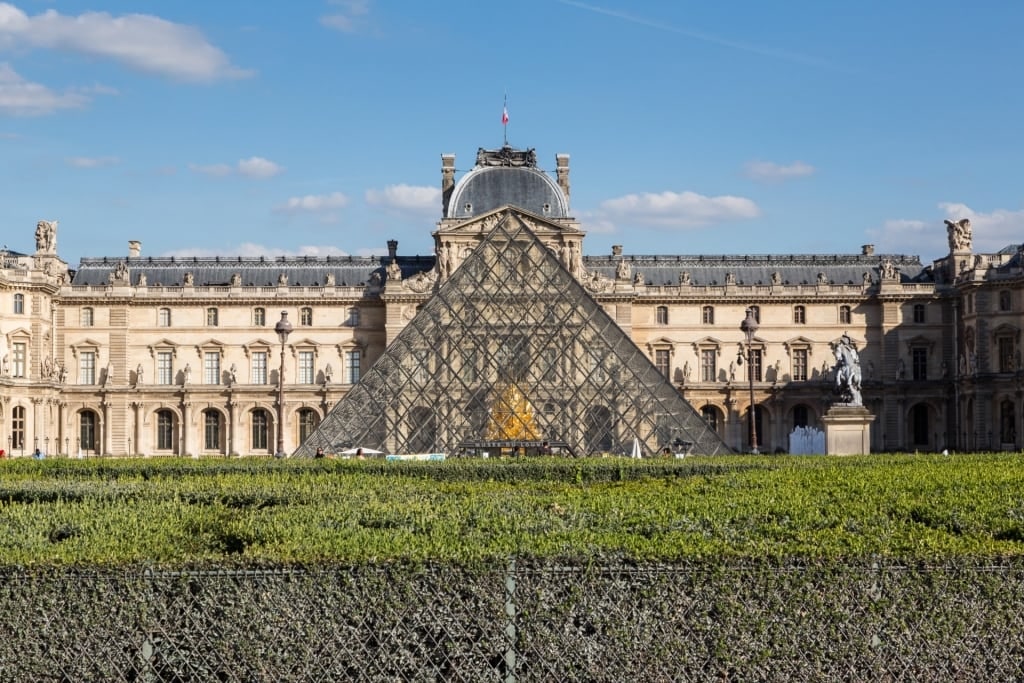
Louvre in Paris, France
The most visited museum in the world is also home to two of the world’s most famed pieces of art: Leonardo da Vinci’s Mona Lisa and the Venus de Milo, the famed Hellenistic statue that dates from around 150BCE.
Visitors can spend days here in this central Parisian landmark on the banks of the River Seine and still not get to see everything thanks to it housing more than 35,000 works of art and more than half a million objects.
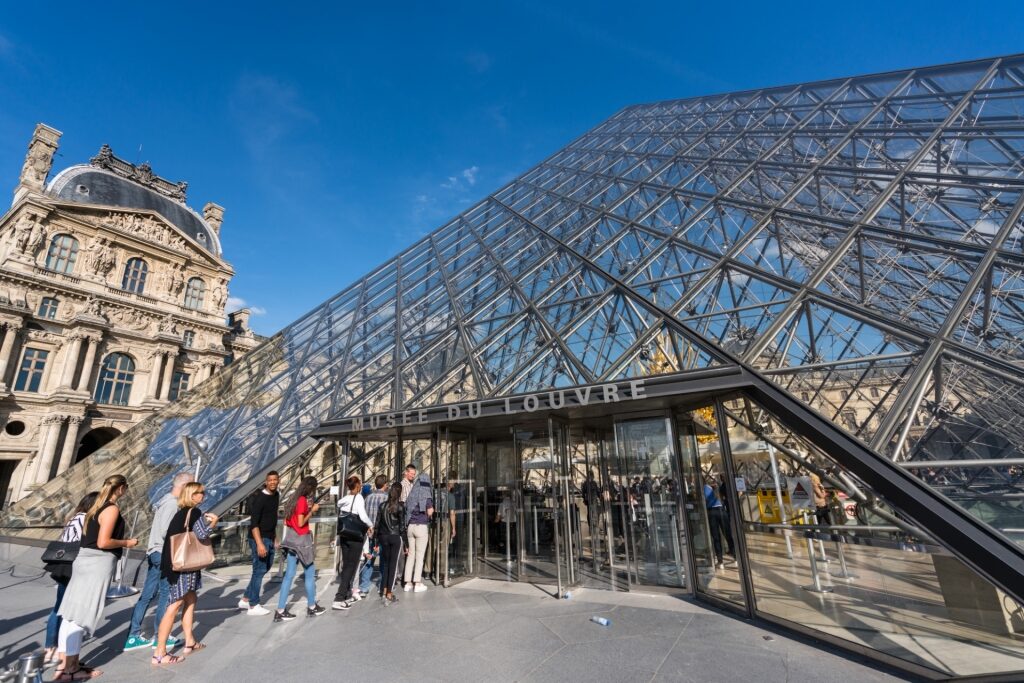
Louvre in Paris, France
Even the building itself is a gem that Paris is famous for, combining its thoroughly modern iconic Louvre Pyramid entrance with its shimmering pools with the fabulously ornate Louvre Palace, originally built in the late 12th and early 13th centuries under Philip II.
Van Gogh Museum, Amsterdam, The Netherlands
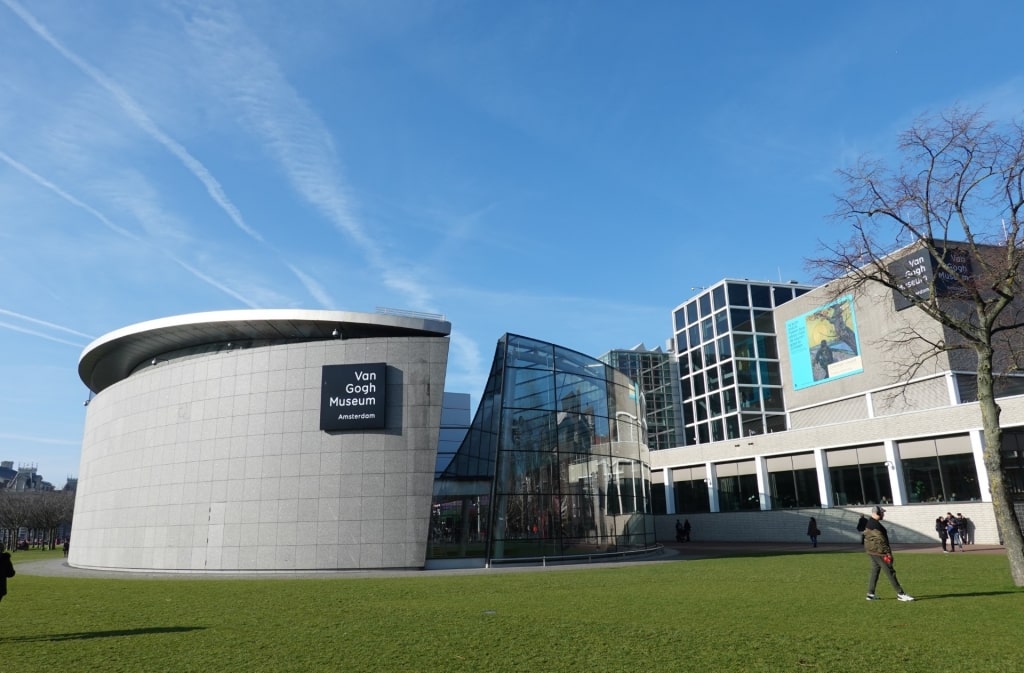
Van Gogh Museum in Amsterdam, The Netherlands Photo by Richard Mortel on Flickr, licensed under CC BY 2.0
As its name implies, Amsterdam’s Museum Square is the place to visit in the Dutch capital when it comes to art and culture. Home of the Rijksmuseum and the Stedelijk Museum, it also houses the Concertgebouw concert space and the Van Gogh Museum.
Dedicated to the Dutch Master and his contemporaries, this is one of the most famous museums in Europe.
Housed across two adjoining buildings, the bulk of the 200 paintings, 400 drawings, and 700 letters by the legendary artist can be found in the older Rietveld Building, while the Kurokawa Wing is used for major temporary exhibitions.
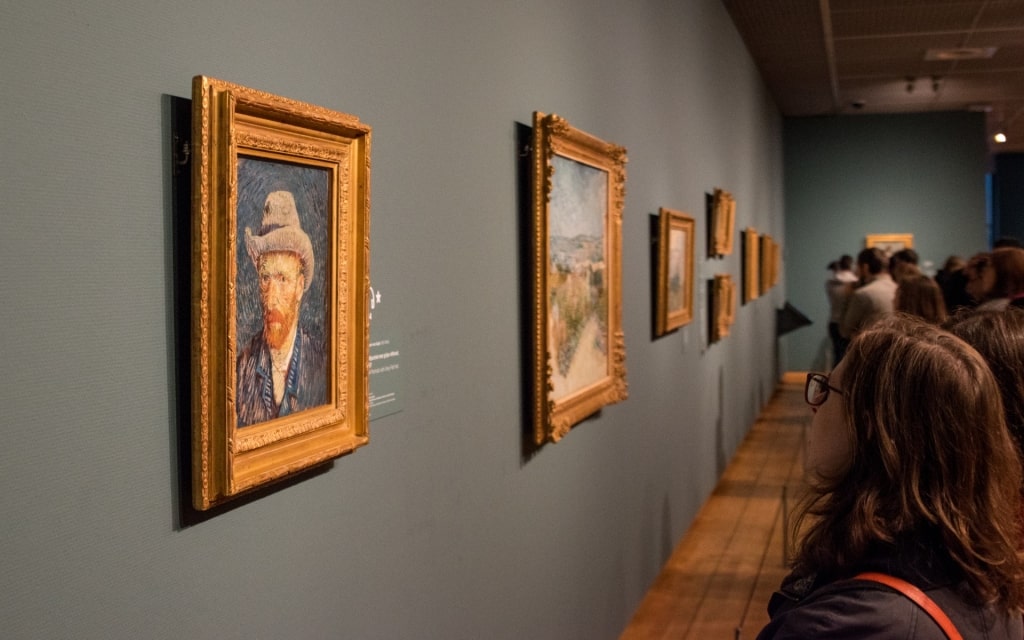
Van Gogh Museum in Amsterdam, The Netherlands Photo by Tomasz Baranowski on Flickr, licensed under CC BY 2.0
The biggest collection of Van Gogh’s works in the world, it is home to both the iconic Self-portrait (1888) and Sunflowers (1889), as well as The Painter of Sunflowers (1888), a Paul Gauguin portrait of Van Gogh that combines the two works.
Read: Three Days in Amsterdam
Acropolis Museum, Athens, Greece
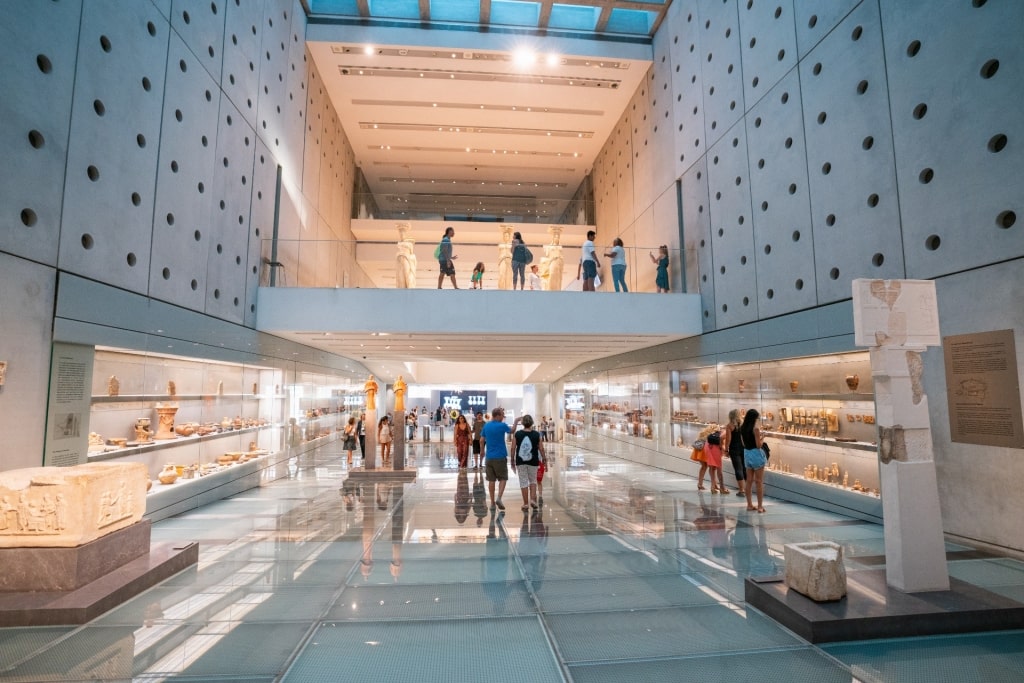
Acropolis Museum in Athens, Greece
For many years, the Acropolis Museum was a low-key affair on the top of the famed Athenian citadel and adjacent to the Parthenon, the centerpiece temple dedicated to the goddess Athena.
That all changed in 2009 when this international-class museum was founded to show off some of the wonders of this most ancient of sites.
Housed in a modern building designed by French-Swiss architect Bernard Tschumi, the museum is built over an archaeological site, meaning visitors can peer down on artifacts in a natural setting as they wait for entry.
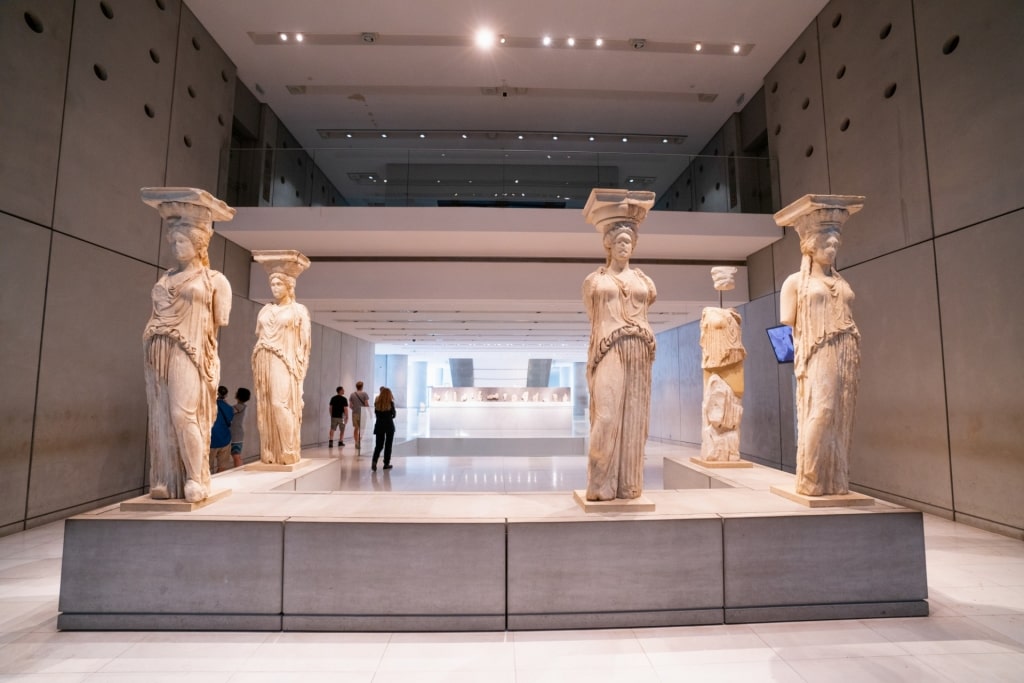
Acropolis Museum in Athens, Greece
Archaeological findings from the Acropolis itself are displayed over three floors and include findings from Roman and early Christian Athens.
Space is also reserved in the museum for the much-wanted return of the Parthenon Marbles that are currently, and controversially, housed in London’s British Museum.
Read: Three Days in Athens
Vasa Museum, Stockholm, Sweden
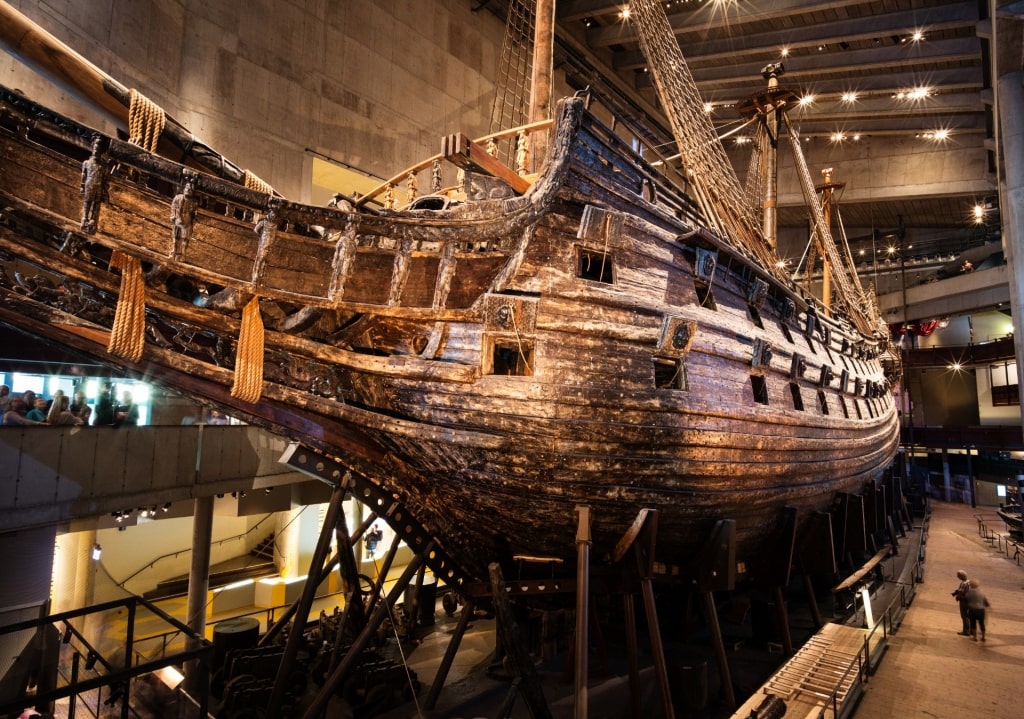
Vasa Museum in Stockholm, Sweden
The Vasa Museum on the island of Djurgården in the Stockholm Archipelago is one of the best museums in Europe, housing an almost fully intact warship that dates back to the 17th century.
The 64-gun Vasa was sunk on her maiden voyage in 1628 and lay in the mud of Stockholm harbor for 333 years before she was salvaged in 1961 and given a permanent home in the museum in 1990.
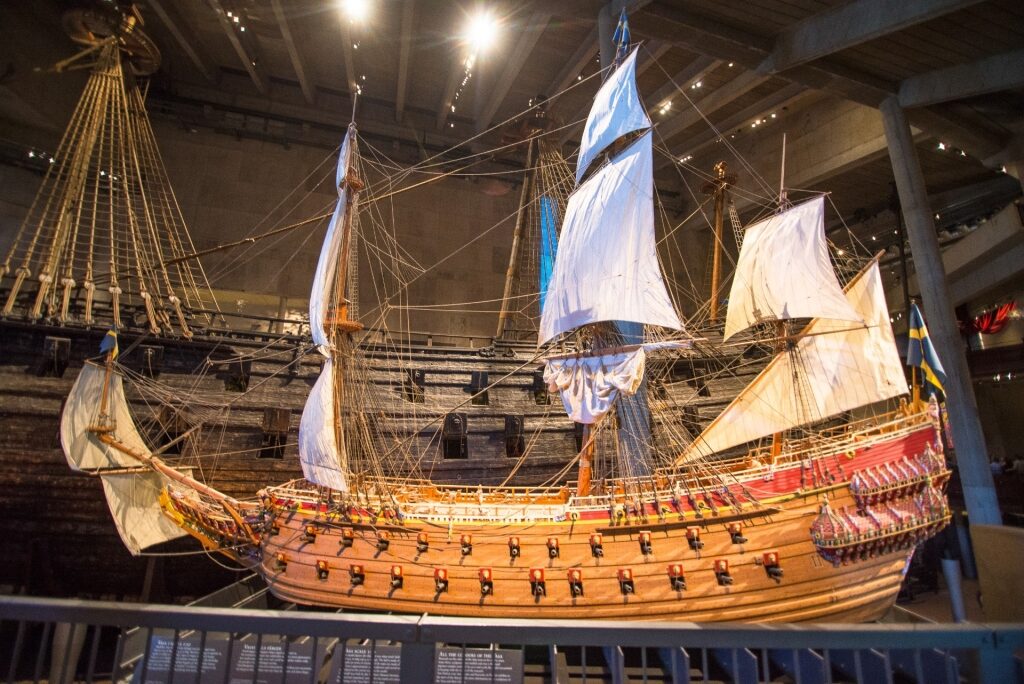
Vasa Museum in Stockholm, Sweden
Walking around the preserved ship is a fascinatingly eerie experience, given both the ship’s size and the temperature and humidity-controlled environment in which she needs to rest.
Around the ship itself are a number of exhibits about 17th-century life in Scandinavia, while a movie theater shows an equally fascinating film detailing her recovery from the ocean floor.
Read: Best Museums in Stockholm
Picasso Museum, Barcelona, Spain
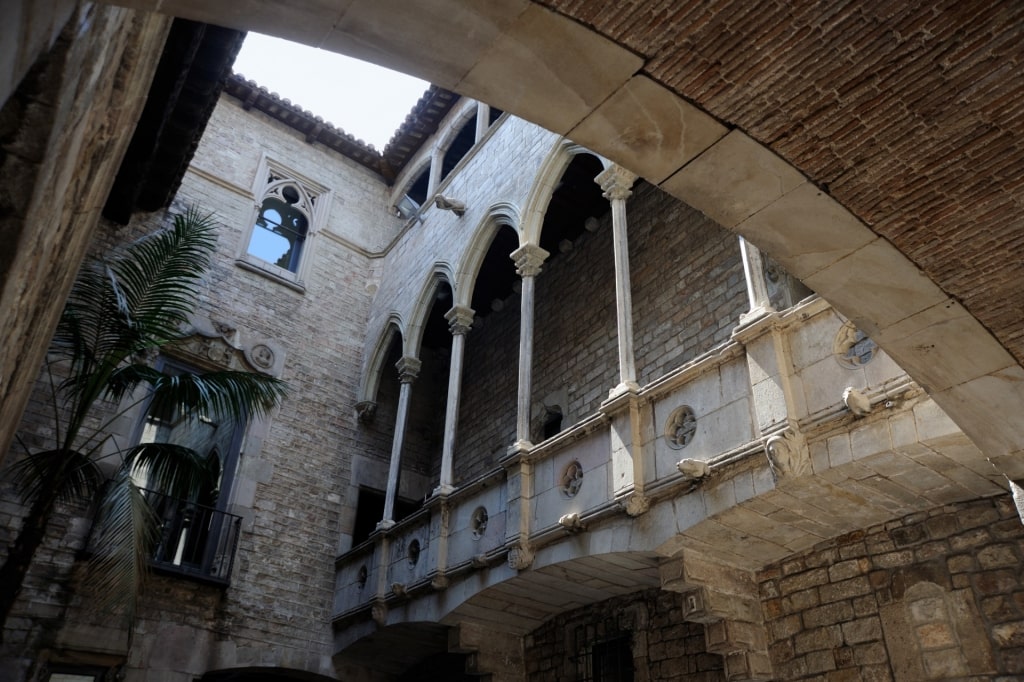
Picasso Museum in Barcelona, Spain
In a world where there are eight different museums dedicated to modern master Pablo Picasso, choosing a favorite one can be a little like choosing a favorite child. If pushed, many would opt for the one in the city said to be closest to his heart.
Housed across five adjoining medieval palazzos in La Ribera neighborhood in Barcelona, it is home to more than 4,200 pieces of art, many of them donated by Picasso himself, his close friend Jaume Sabartés or contemporaries including Salvador Dalí.
Dedicated mainly to his early years (most of the works are pre-1917), the museum is divided into three sections: painting and drawing, engraving, and ceramics, while a library of 6,000 books is a dream for those wishing to look deeper into Picasso’s life.
Museu de Marinha, Lisbon, Portugal
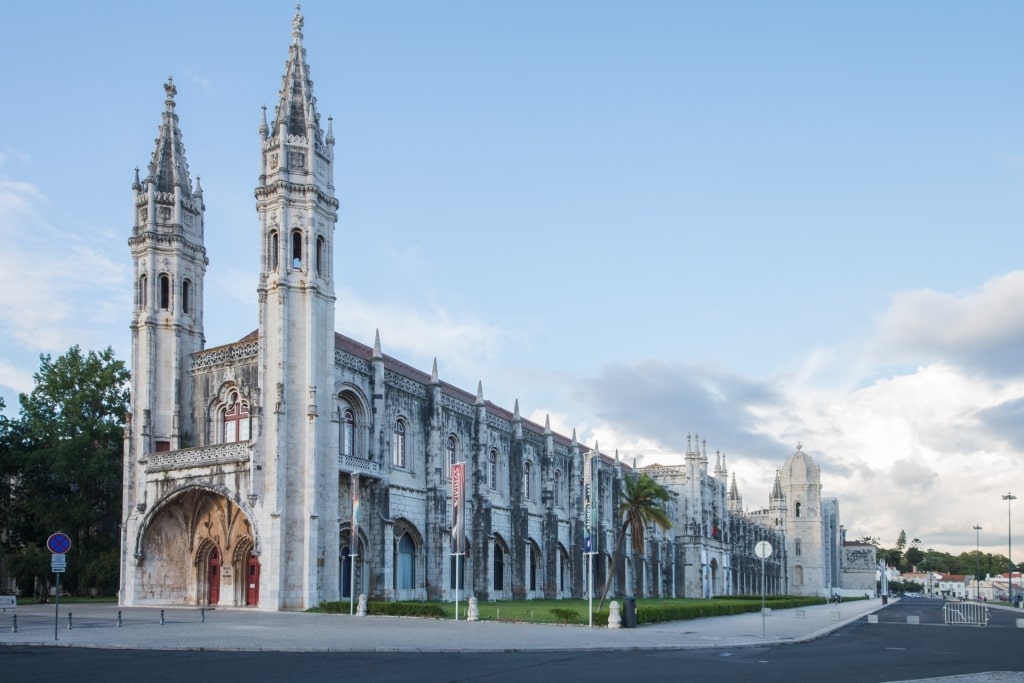
Museu de Marinha in Lisbon, Portugal
Housed in the 15th century Jerónimos Monastery (a UNESCO World Heritage Site) in Lisbon’s Belem neighborhood, this world-famous maritime museum is dedicated to a time when Portugal ruled the waves thanks to storied explorers such as Christopher Columbus and Vasco da Gama.
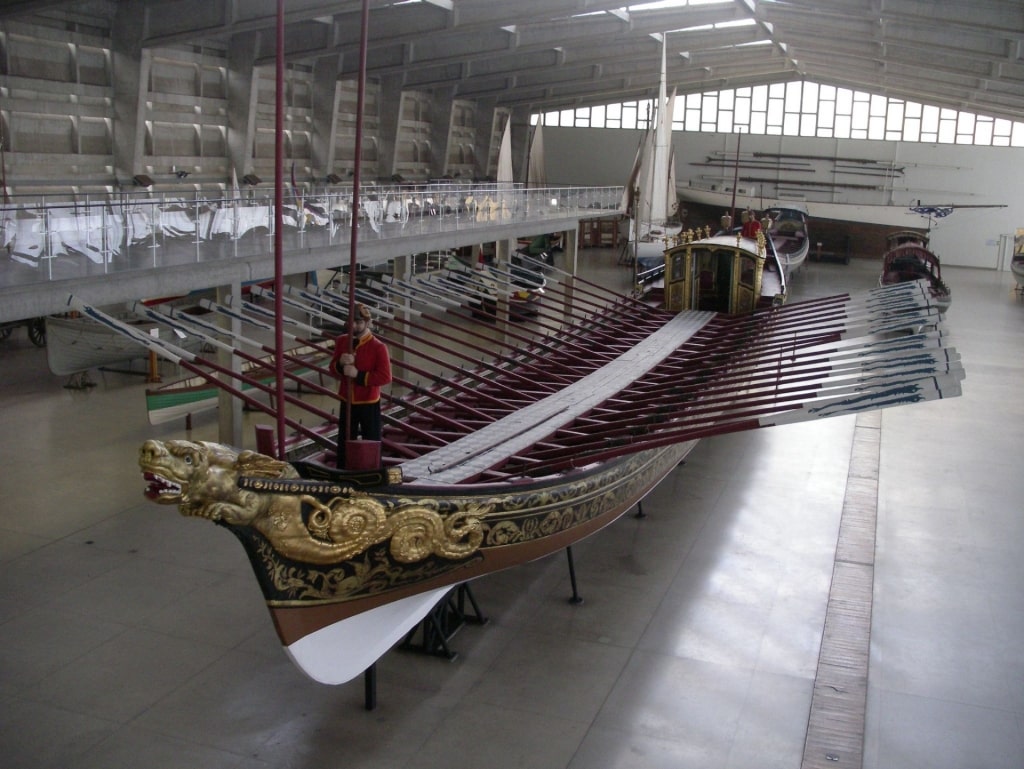
Royal Yachts in Museu de Marinha, Lisbon Photo by Shadowgate on Flickr, licensed under CC BY 2.0
Founded by King Luís I in 1863, this Lisbon museum houses historical paintings, scale models of ships used in Portugal’s expansion and a host of navigation instruments. One of the most impressive sections is that dedicated to the country’s Royal Yachts, particularly the cabins of Amélia used in the early 20th century by Carlos I.
Complete with tables laid with crockery and glassware, it offers an intimate glimpse into the life of the Portuguese monarchy at the time. Other notable exhibits include the Santa Cruz, the first seaplane to cross the Atlantic.
Read: How to Spend 3 Days in Lisbon
Uffizi Gallery, Florence, Italy
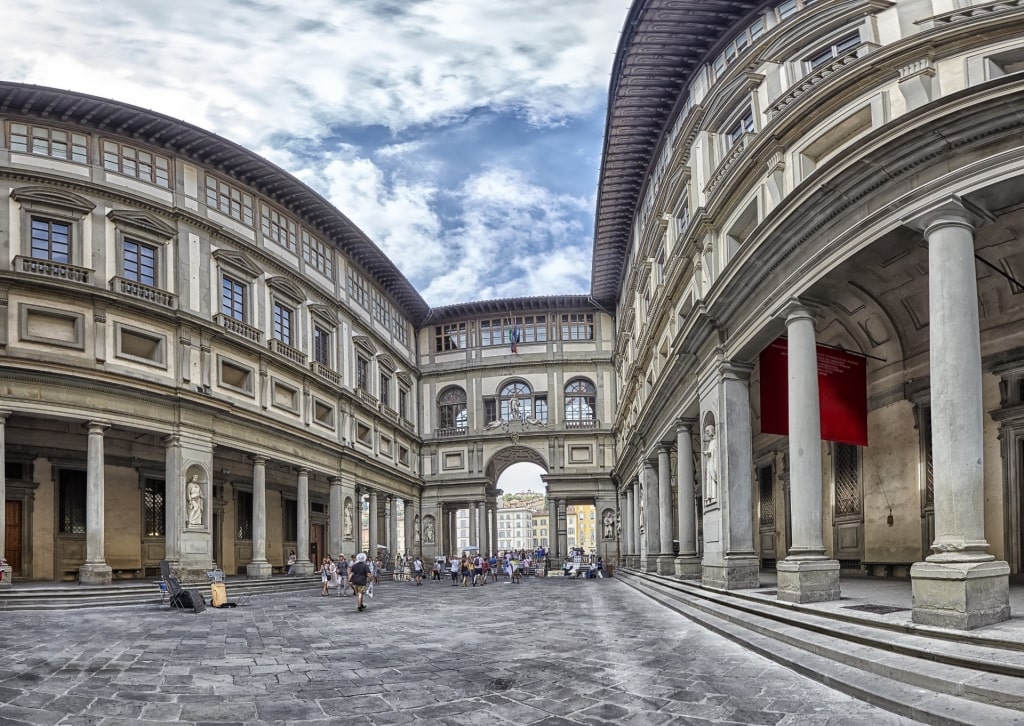
Uffizi Gallery in Florence, Italy
If strolling through the streets of Florence is a little like walking in a living Renaissance-era museum, the Uffizi Gallery is one of its star attractions—and one of the best museums in Europe.
Housed in a 16th-century, U-shaped palazzo originally built to accommodate the city’s magistrates (uffizi means offices), its long chambers with their incredible frescoed ceilings take the breath away.
That feeling continues as the art in Florence reveals itself in a succession of priceless classics by the Old Masters, including Boticelli’s The Birth of Venus, Rembrandt’s Self-portrait as a young man and Michelangelo’s Doni Tondo.
Guggenheim Museum, Bilbao, Spain
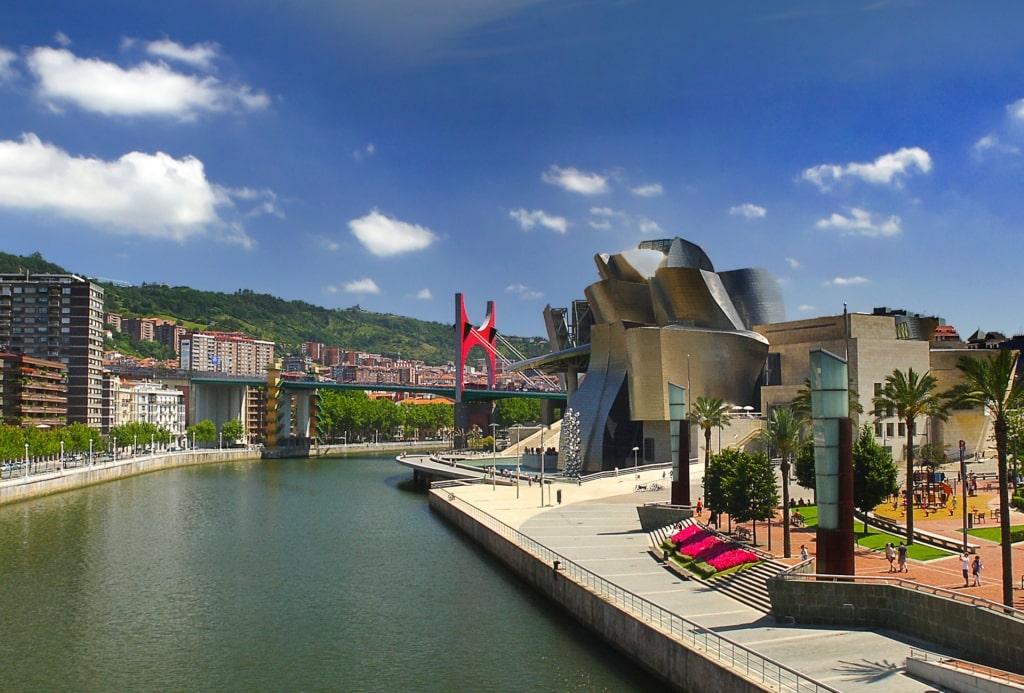
Guggenheim Museum in Bilbao, Spain
When the Basque Government approached the Guggenheim Foundation and suggested the building of a museum to revitalize the city’s downtrodden port area around the Nervion Estuary, little could they have imagined that six years later that Spanish museum would be housed in what has gone on to become one of the most famous buildings in Europe.
Designed by famed architect Frank Gehry, the Bilbao Guggenheim’s sleek, metallic lines have been hailed by critics as a “masterpiece of the 20th century”. The interiors and exhibits of this Spanish landmark don’t disappoint either.
Spreading out from the iconic The Flower atrium, galleries and external spaces host large-scale works and temporary installations by contemporary artists that have included the likes of David Hockney’s A Bigger Picture and Sir Norman Foster’s Motion. Autos, Art, Architecture.
Vatican Museums, Vatican City, Italy
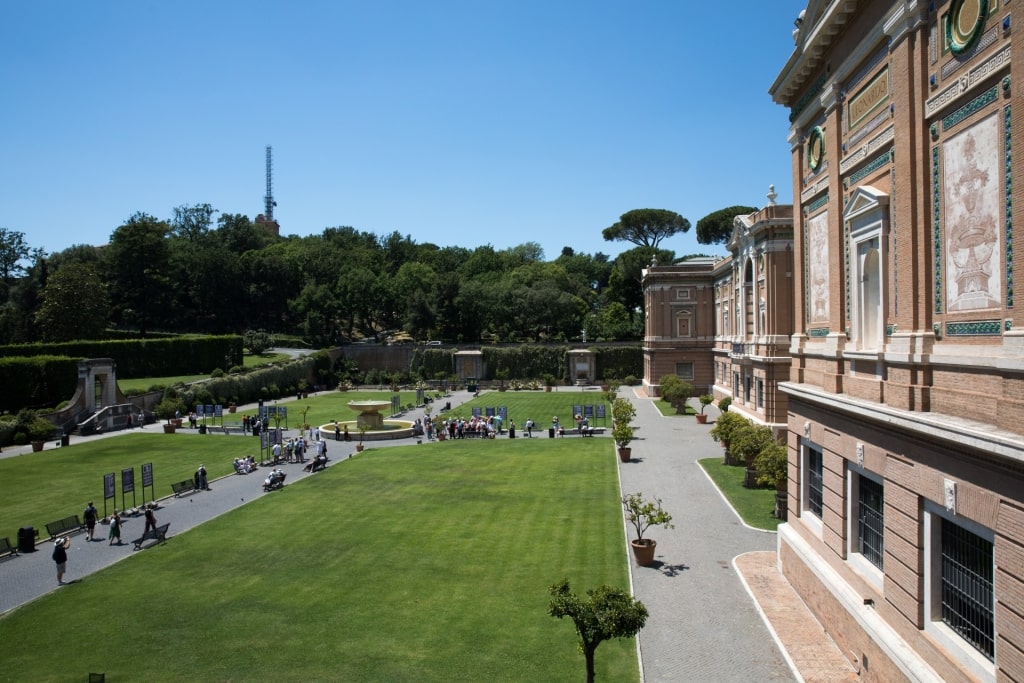
Vatican Museums in Vatican City, Italy
Home to some of the best art museums in Italy, the Vatican Museums feature some 70,000 works of art gathered over the centuries by the papacy and the Catholic Church, with some 20,000 being on display at any one time.
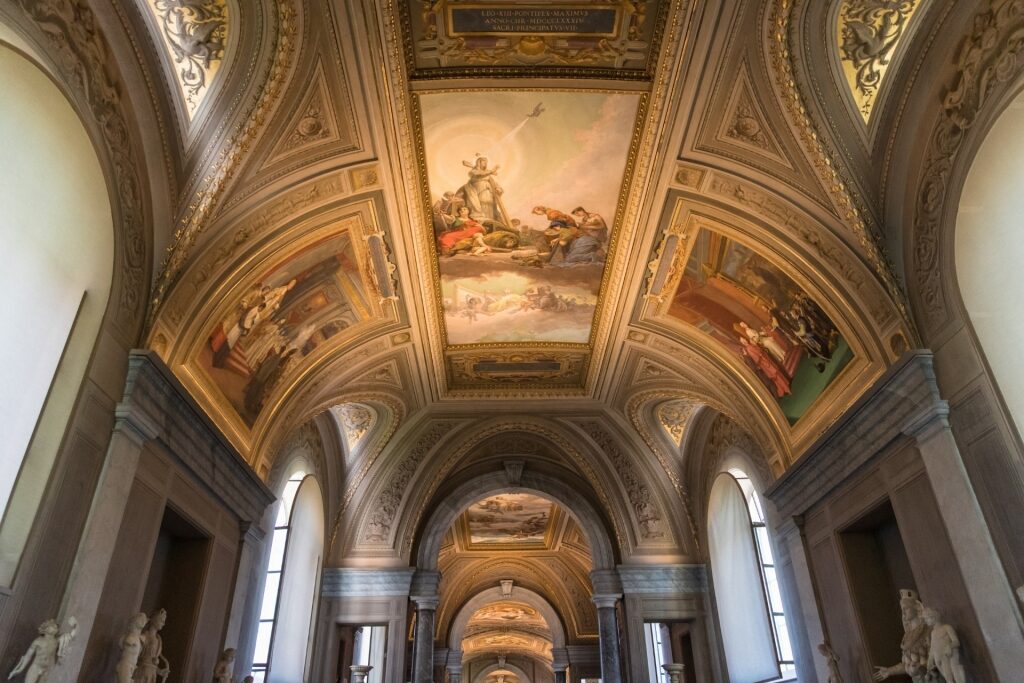
Vatican Museums in Vatican City, Italy
Spread over 24 galleries, they include Pinacoteca Vaticana with works by Leonardo da Vinci and Caravaggio, the Museo Pio-Clementino with its Greek and Roman sculptures, and the Vatican Historical Museum that houses a collection of portraits of all the Popes from the 16th century onwards.
The sheer amount of art can be bewildering but there are two absolute must-sees: the famed Sistine Chapel with its Michelangelo-decorated altar and ceiling, and the four Stanze di Raffaello that feature Raphael’s masterpiece, The School of Athens.
Titanic Belfast, Belfast, Northern Ireland
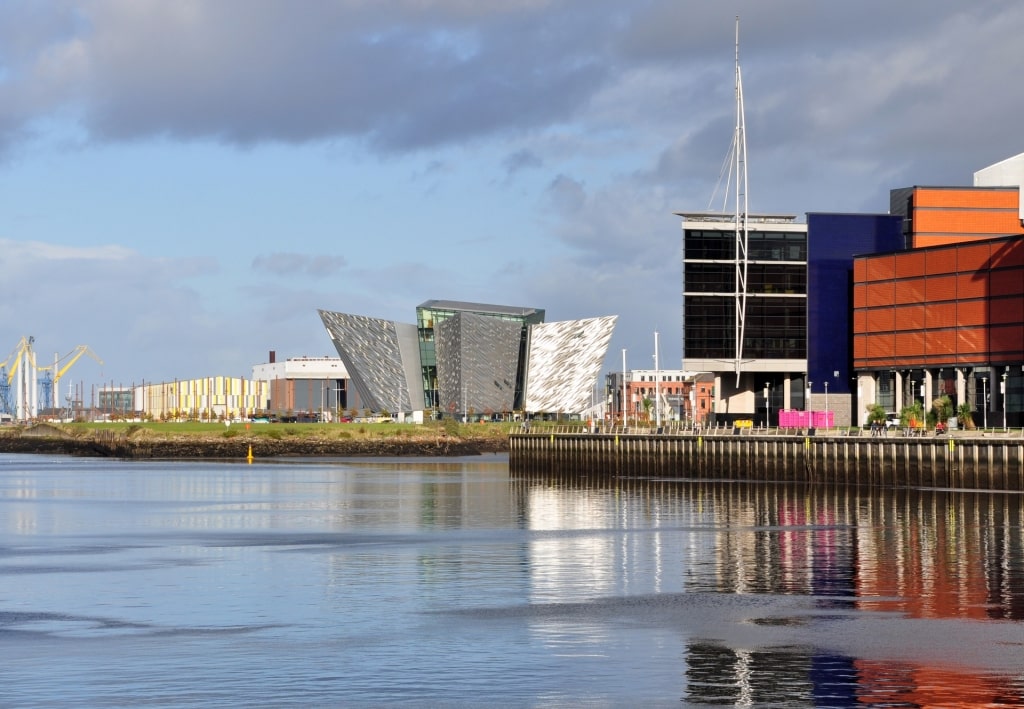
Titanic Belfast in Belfast, Northern Ireland
Set right by where the famed ship was designed, built and launched, Titanic Belfast tells the story of Titanic from her conception to her tragic maiden voyage, and the lasting legacy of this most iconic of vessels.
Visiting here is one of the best things to do in Belfast. As well as a host of interactive exhibits that detail the history of the ship and the men and women that helped build her, the museum and its surrounds (known as the Maritime Mile) are packed with hidden symbolism such as the museum standing 126 feet (38m) high, the same height as Titanic’s hull.
Moored in the adjacent dock is SS Nomadic, a tender to the Titanic, restored to its 1911 glory.
Mucem, Marseille, France
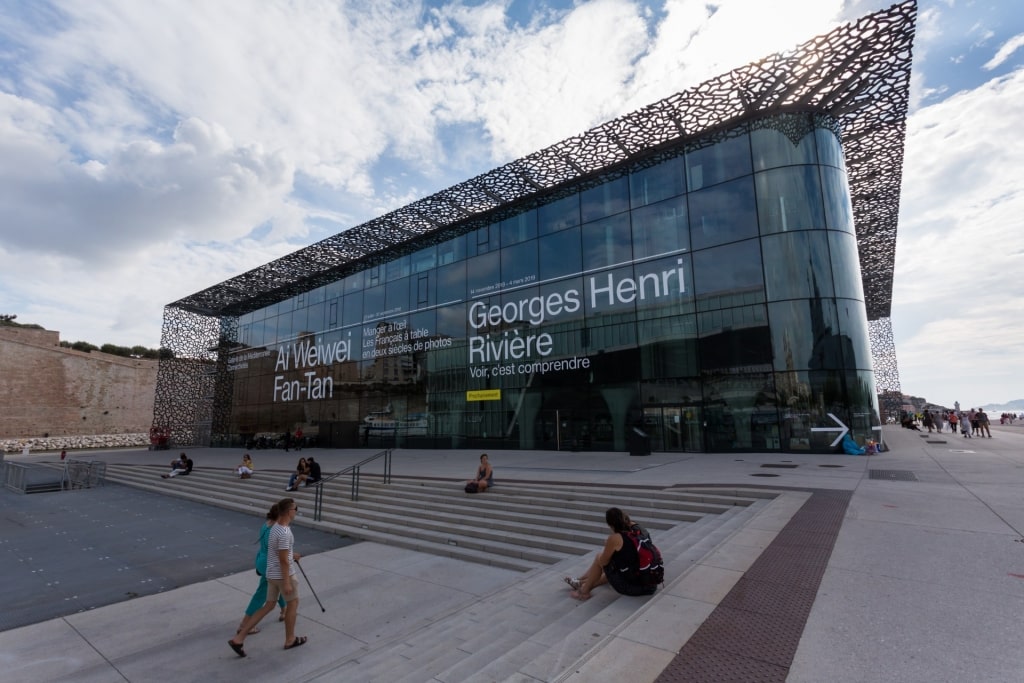
Mucem in Marseille, France
Born in 2013 when Marseille held the honor of European Capital of Culture, the Museum of Civilizations of Europe and the Mediterranean (to give it its full name) explores the history of the region from this most strategic of ports for trade between Europe and North Africa.
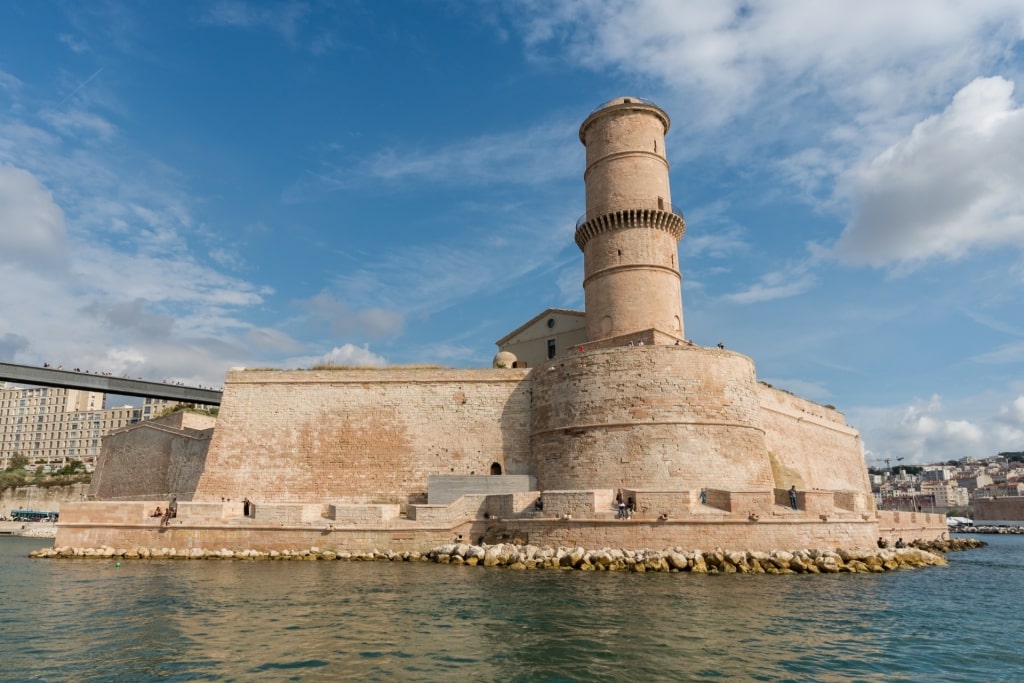
Fort Saint-Jean in Marseille, France
This French museum is set across two buildings: J4, a converted former port terminal, and the 17th century Fort Saint-Jean, a stone citadel with views out to sea, with the two linked by a suspended footbridge over the water below.
After seeing the exhibits, one of the best things to do in Marseille is to visit the museum’s terrace restaurant for its incredible views over the water and the famed Corniche John F. Kennedy promenade.
Herring Era Museum, Siglufjördur, Iceland

Herring Era Museum in Siglufjördur, Iceland
Set in the remote northern outpost of Siglufjörður in Iceland, the Herring Era Museum may not be one of Europe’s most visited museums, but it’s certainly one of its quirkiest.
Born from an original 1957 idea, it took until 1994 for the museum to open fully but has since won several Icelandic and international awards for its role in preserving local culture.

Herring Era Museum in Siglufjördur, Iceland
Housed in a series of buildings that were once an old salting station, the museum looks at the history of the herring industry that at one time was responsible for almost half of the Icelandic economy and 20% of the country’s exports.
Visitors can take in the museum’s original boats, view archive images and films, and see salting demonstrations.
Rijksmuseum, Amsterdam, The Netherlands
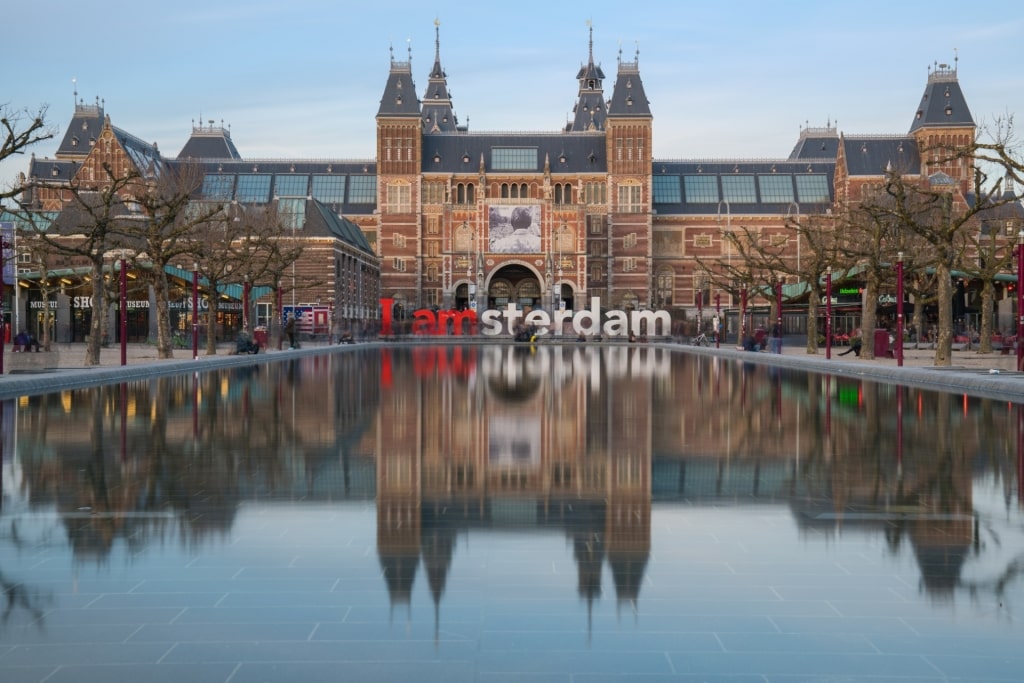
Rijksmuseum in Amsterdam, The Netherlands
Set like the Van Gogh Museum around Museum Square in Amsterdam, the national museum of the Netherlands is dedicated to more than 800 years of Dutch arts and history, and is the country’s most visited museum.
Drawn from a collection of more than one million objects, the museum displays 8,000 at any one time, including 2,000 paintings by the likes of Rembrandt, Van Gogh, Steen and Vermeer, with the former’s The Night Watch being a highlight of a visit.
As well as world-renowned paintings, there’s a small but extremely fine gallery of Asian art, as well as sculptures, weapons, photos and fashion, including a 1965 Mondrian dress designed by Yves Saint Laurent.
Musée d’Orsay, Paris, France

Musée d’Orsay in Paris, France
Housed in the Gare d’Orsay, a railroad station built on the Left Bank of the Seine for the 1900 World Fair, some say the Musée d’Orsay is more of a Parisian must-see than the Louvre. That’s open to debate, of course, but the museum is certainly more manageable.
One of the best museums in the world, the Beaux Arts building itself is an architectural masterpiece with its ornate curved glass ceilings that perfectly matches a fine collection of paintings, photographs, furniture, graphic arts and sculptures dating from 1848 to 1914.
Highlights include works by Renoir, Van Gogh, Édouard Manet, Claude Monet and Edgar Degas.
Archaeological Museum of Olympia, Olympia, Greece
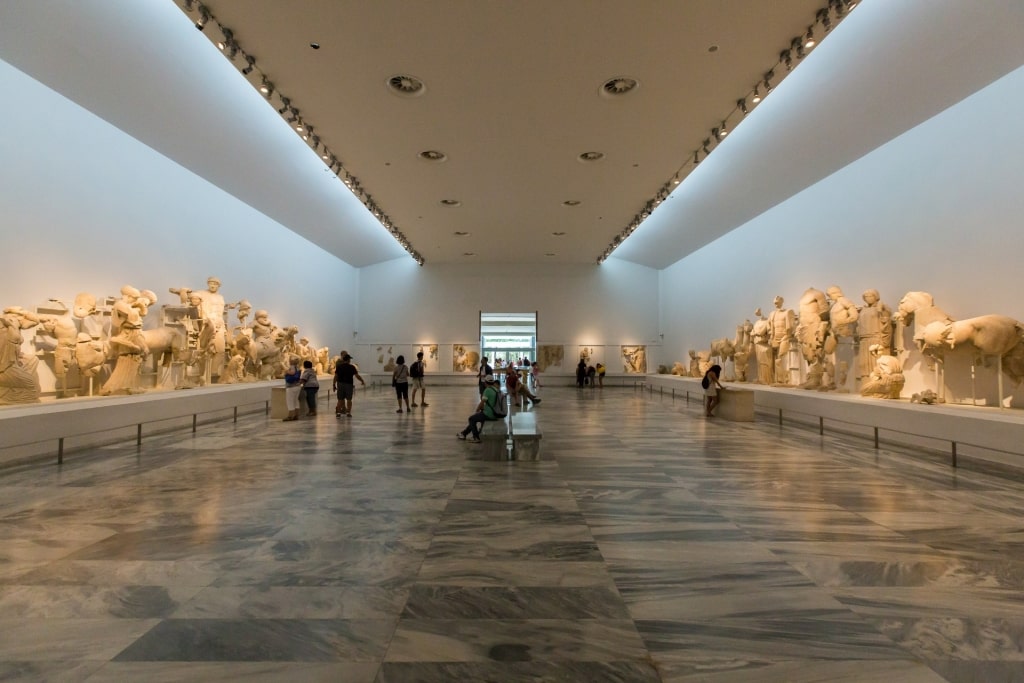
Archaeological Museum of Olympia in Olympia, Greece
One of the ancient world’s most important museums, this small but superb collection displays some of the most important finds from the excavations of the Temple of Zeus and the birthplace of the Olympic Games.
First opened in 1882 as Greece’s first museum outside Athens and set at the heart of the surrounding archaeological site (which can also be visited on the same entry ticket), its 12 galleries display sculptures, terracotta pots, mosaics and bronze artifacts from prehistoric times to the early-Christian period.

Hermes Holding the Infant Dionysus in Archaeological Museum of Olympia, Greece
Highlights include the stunning central hall showing the sculptures that adorned the Temple of Zeus and the famed statue of Hermes Holding the Infant Dionysus, by the sculptor Praxiteles.
Skansen Open Air Museum, Stockholm, Sweden

Skansen Open Air Museum in Stockholm, Sweden
The world’s oldest open-air museum was founded in 1891 by Artur Hazelius, a Swedish folklorist who wanted to create a representation of life in this beautiful European country before the advent of industrialization.
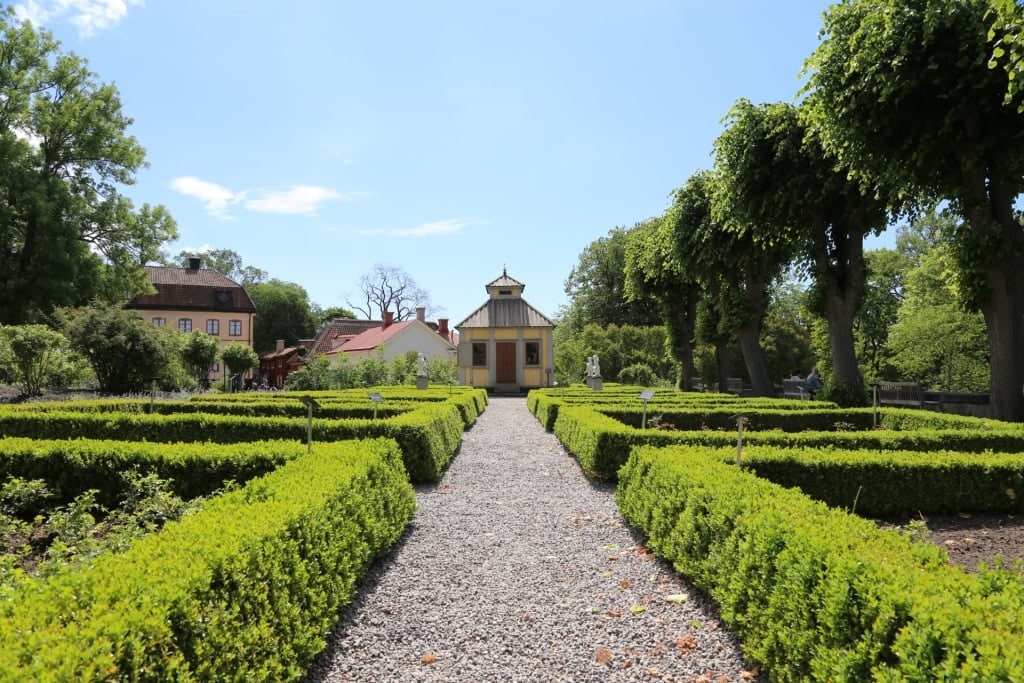
Skansen Open Air Museum in Stockholm, Sweden
Set on the island of Djurgården in the Stockholm Archipelago, it features around 150 traditional houses (many of which have been moved from elsewhere in the country and reconstructed here), as well as garden plots, farm animals and a Nordic zoo with native wildlife.
Staff dress in period costume to add to the authenticity, and there are regular displays of traditional crafts, from butter making to glass blowing.
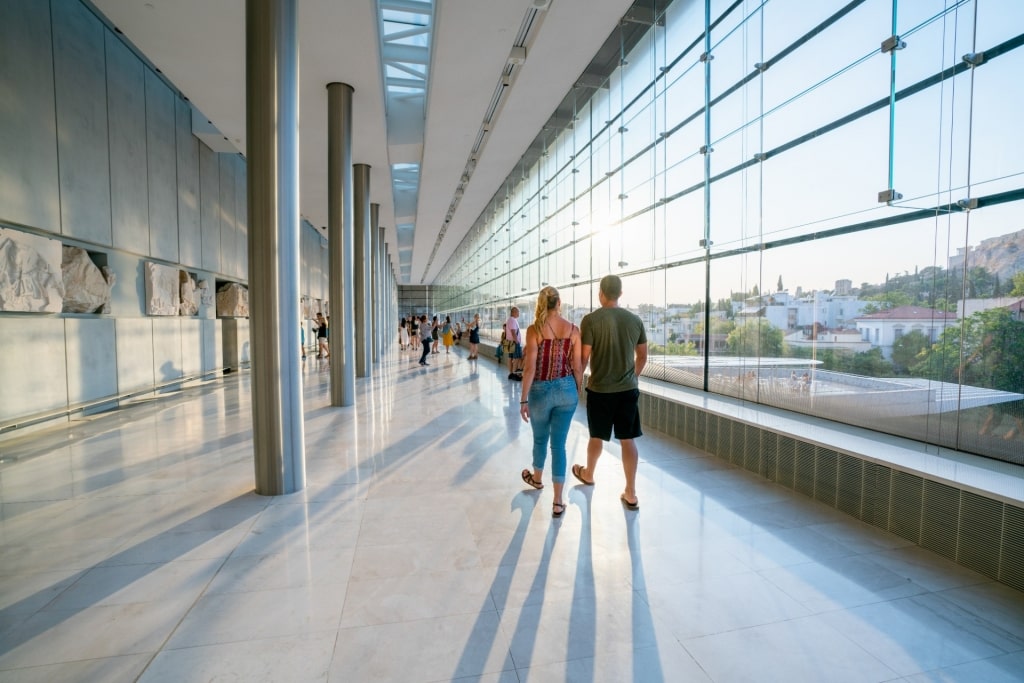
Acropolis Museum in Athens, Greece
Keen to explore more of Europe’s cultural heritage? Browse our cruises to Europe and plan the voyage of a lifetime.


